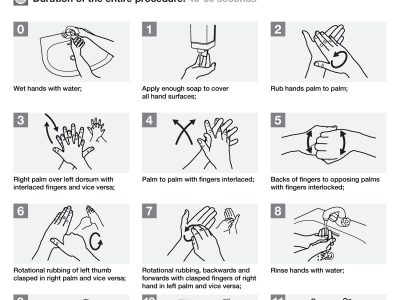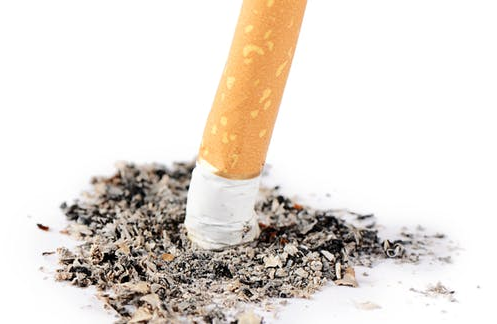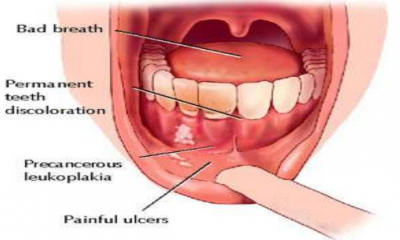Lungs are damaged primarily because of these two factors of ‘धूल‘ or Dust and ‘धुआं‘ or Smoke.
Smoke or ‘धुआं‘ emitted from various sources such as vehicular sources, industrial sources, high exposure to other VOC fumes and burning landfill sites. People residing in the areas closer to high traffic areas/ dense industrial regions / living in conditions where they inhale smell of paints/ lead or mercury are at greater risk of damaging their lungs.
Dust or ‘धूल‘ originating from various sources like roadside, construction site and unauthorized dumps of construction waste, empty grounds with no grass or plantation etc.






